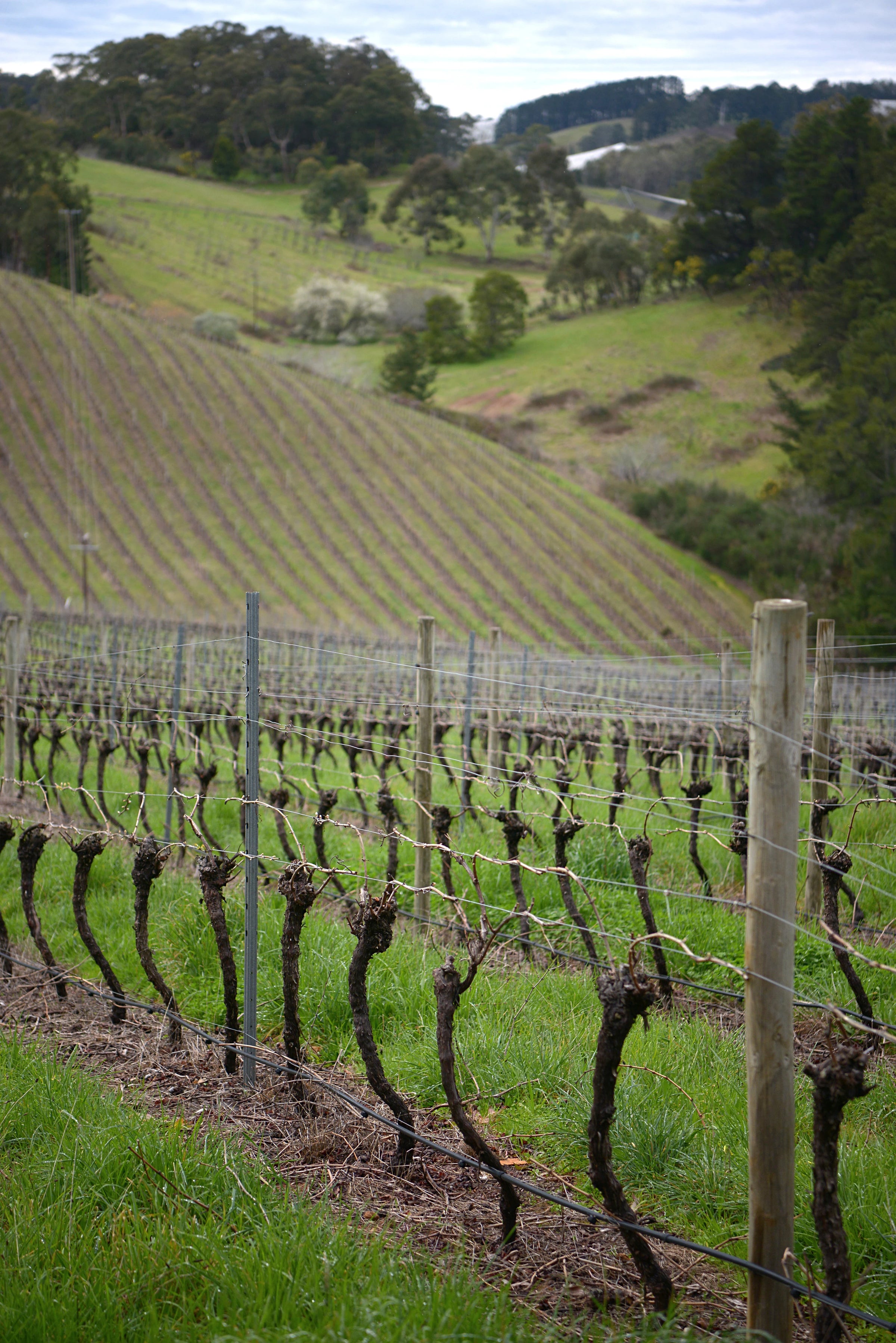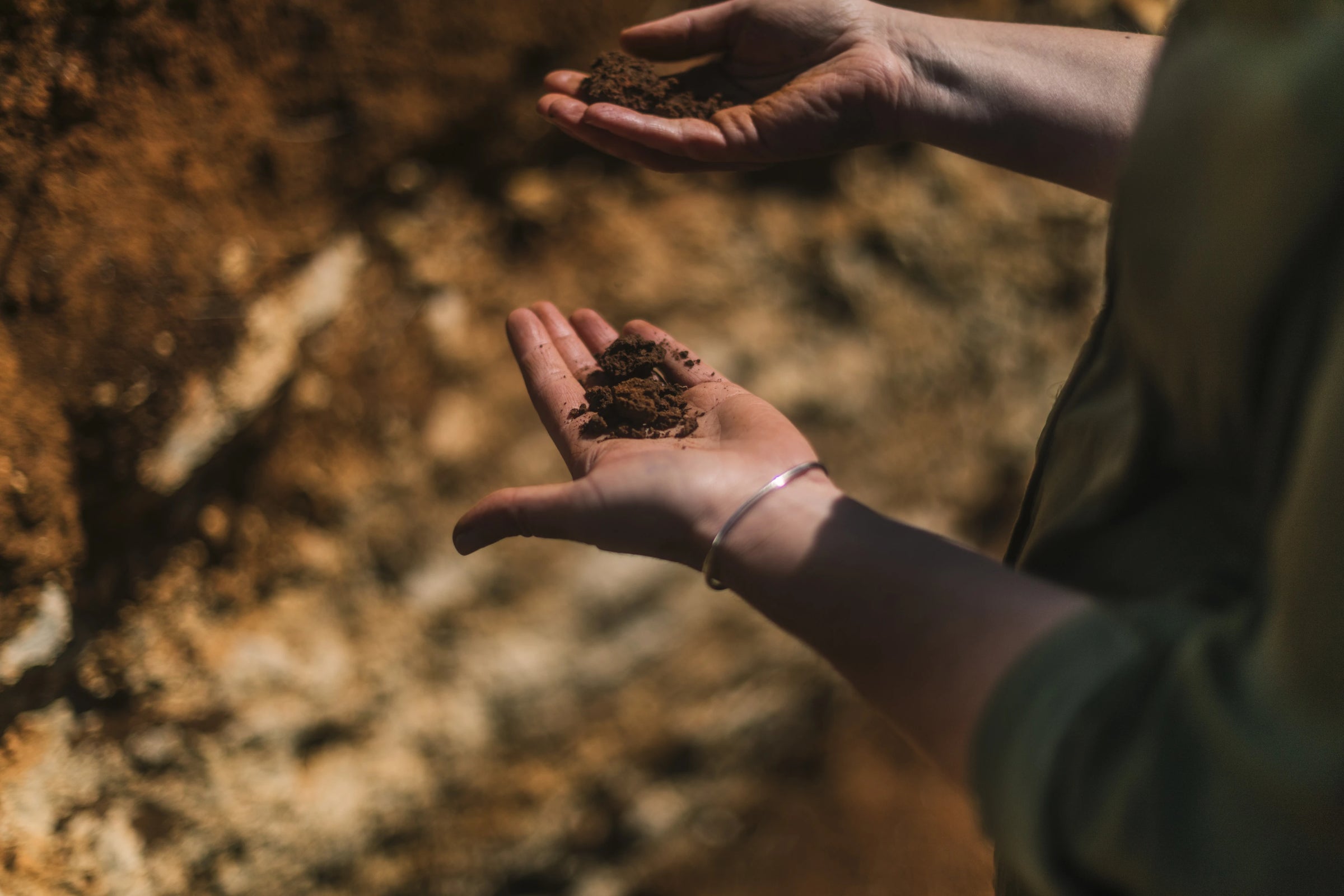The newest addition to the SommSelect “Satellite Sommelier” series is the inimitable Richard Betts—a Master Sommelier; a wine and artisanal mezcal maker; an author; and a high-energy lover of life who recently relocated to Amsterdam with his wife/co-conspirator Carla Rza Betts. Many wine lovers will remember Richard from his days as the Wine Director of The Little Nell in Aspen, Colorado, but these days he’s not content to stay in the same place for very long. Needless to say, having this guy on our team is both an honor and an educational experience; we’re kicking off this exciting new partnership with an offer of Richard and Carla’s labor of love, Sucette, a bright, silky, Rayas-inspired old-vine Grenache from Australia. Stay tuned for more from Richard (and Carla) in the coming months, as we continue to add new voices to the SommSelect chorus. Cheers! — Ian Cauble
Love Pinot Noir? Then meet your new best friend: Grenache. We're big believers that when planted in the right place and made the right way, Grenache becomes the warm-climate analog to Pinot Noir, reaching its seductive apogee. Of course, it's not as easy as it sounds: you've got to have old vines growing in specifically sandy soil to get the complexity, perfume and spice. Anything other than sand makes Grenache thick and clumsy.
So where to find old-vine, sand-grown Grenache? France's Rhône Valley is one such place, where there exists a tiny pocket within Châteauneuf-du-Pape—where Château Rayas produces arguably the most sought-after version of all. Rayas has a monopoly on the sand here and thus the wines are unique in the region, often mistaken for Grand Cru red Burgundy. But there are other great spots for old-vine, sand-grown Grenache that are just now becoming known for their true potential. Enter Australia.
Australia has a long and distinguished grape-growing history hundreds of years in the making. Coupled with its remote location, Australia is also home to the oldest living grapevines on the planet today. It's worth mentioning that Australia is nearly as large as the United States, so, as one might imagine, a great variety of wine styles are possible. Our favorite style harkens back to a more European sensibility for grace, complexity and seduction. With this, we're super excited to share what we believe rivals France's Châteauneuf-du-Pape as the greatest spot on the planet for Grenache: Vine Vale in the Barossa Valley of South Australia.
Now, the Barossa is a big place with a variety of soils, but only in Vine Vale do you find the deep sand (it literally looks like the beach) accompanied by the cooling local 'gully breezes' that sweep down from the nearby Barossa Ranges & Eden Valley. For a long time the locals grew carrots here alongside grapes and it was only through the test of time that the Grenache vines grown proved themselves to be amongst the very best anywhere. Exit the carrots, enter us.
We've chosen to plant our flag here for our winemaking heart and soul, which we call
An Approach To Relaxation. We make a single red wine, and it's the best wine we can imagine and everything we hope for. We're very excited to share with you our pride and joy, the 2015 vintage Sucette Grenache. We've been working with a 90-year-old vineyard and have recently purchased a vineyard estimated to have been planted between 1850 and 1880. We feel so fortunate to make wine from these vines and to care for them for future generations.
When you have such great raw material, the real key is to get it into the bottle without messing it up. This means doing as little as possible along the way so that the grapes can express all that they have been cultivating for over a century. Everything is hand-picked, it ferments outdoors under the moon and the sun with a portion of whole-bunch every year. We then press in a traditional wooden basket press and age the wine in only old French oak barrels for about a year. The result is ruby red, super aromatic, immediately charming and armed with a sneaky persistence. When we first shared our wine with our trusted sommelier colleagues, nearly every one of them mistook it as French and some even as Pinot Noir. Go figure.
We always say Sucette pairs well with friends, but if you’re hungry too, we’d do anything from salmon to steak while avoiding spice and bitter things. Our personal favorite is Peking Duck, extra hoisin sauce please.
We only made 400 cases of Sucette in 2015 and are happy to share a few with you here; we hope you enjoy it as much as we do. We also hope this will encourage you to come back to Australia and explore so many of the wonderful, heretofore unknown beauties in the wine world.
How does it taste? Well, first, look at it. You’ll see something that actually looks a whole lot like red Burgundy; clear ruby red that you can actually read through (not that you would). And here’s where you show off your newfound knowledge and wax about how you neither smell nor taste color so it really matters not whether it looks like motor oil. Then, the nose is lifted and beautiful with notes of ripe summer strawberries, orange spice, mineral, white pepper, and star anise. Drink up as you should and you’re rewarded with a surprisingly potent mouthful of the same strawberries and spices with a very long silky finish. We think you’re going to like it.
Oh, and a pro tip: “room temp” does not mean the temp of any old room. This phrase was invented when the room was in a castle in cold, dark Europe and, as it turns out, those chilly rooms were exactly the right temperature at which to serve red wine. Flash forward to today and the easiest low-tech solution is to put the bottle in the fridge for 20 minutes before serving—you and the wine will be much happier. Cheers!
— Richard and Carla Rza Betts




